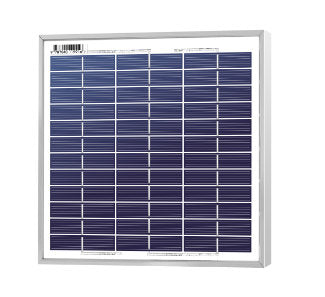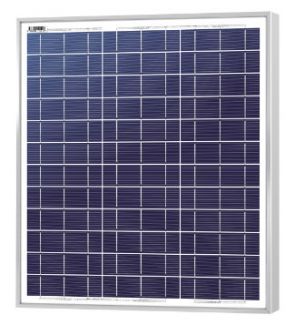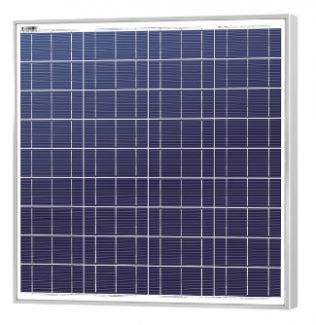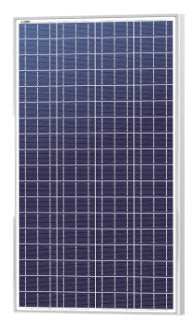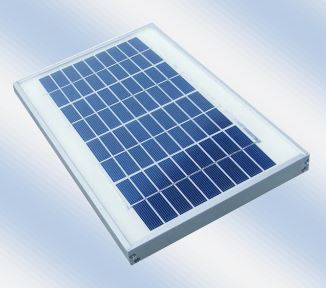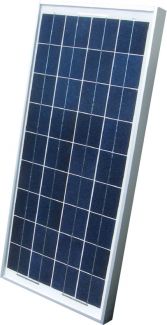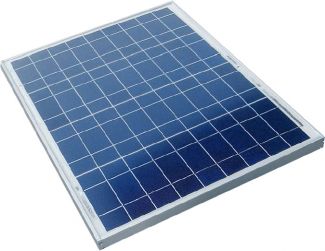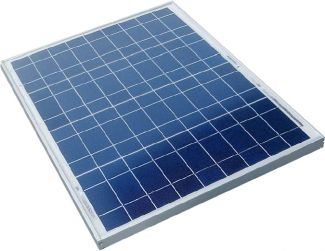Can I DIY Solar?


DIY solar? Do-it-yourself? Really? Let's take a step back first. You've heard about solar power. And that solar electric (PV) systems save you money. Solar power is a renewable energy source. It's better for the environment. Good stuff. But expensive right? First there's the equipment. Then design. Then you need someone to install it all? Whew!

Enter DIY Solar. Can't you save money and install a solar electric system yourself? Yes you can! Is it for everyone? No it isn't. For example, don't we all know someone who changes their own brakes? Disks, rotors, pads, calipers. What did your last brake job cost you? $1000? Do you think your buddy saved some cash doing the brakes himself? You bet he did. Probably 50% less than an auto dealer break job. But not everyone knows enough, is bold enough, or mechanically-skilled enough to tackle that job. But many could.
The point is, for people with some DIY experience, some mechanical inclination, some drive to learn and courage to try, installing much of a solar electric system is quite do-able. In fact, we estimate more than half of our customers install the majority of their solar systems DIY. While it is pretty common for them to hire a licensed electrician to perform the final wiring connections of their system to the utility grid (and recommended and often required), they often tackle the rest themselves. And like the backyard mechanic . . . they save a bundle!
System types.
If you are reading this article, then you've probably learned that there are different types of solar electric (or solar photovoltaic—PV) systems out there. And some are easier to tackle DIY than others. Systems that are less complex and/or smaller are good PV systems to cut your teeth on. For example, many of our DIY house system customers got their feet wet in solar by putting a system in their RV. On the other hand, a basic residential grid-tie system, while not necessarily small, is quite straight forward compared to designing and installing a completely off-grid or hybrid grid-tie/battery-backup system. Let's compare these different types of solar systems:

Grid-tied systems. With solar's popularity boom in recent years, grid-tied PV systems are the most popular systems,and the most straight forward to design and install. Since these systems simply make DC electricity from the sun and convert it to AC electricity to power your house (and sell excess energy back to the grid), batteries don't enter the picture. And that reduces complexity. No charge controllers, special inverter-chargers, additional shut-offs, sub-panels, etc. Instead, solar panels are simply wired to inverters which are wired to your house's electric panel and a new meter that measures what is sold back to the grid.
Off-grid system. Instead of connecting panels through a smart grid-tie inverter that routes inverted AC electricity where it needs to go (house vs grid), an off-grid system means batteries. The battery bank is usually larger than you expect (although it does vary depending on the size of the load) and needs to be sized correctly to power the home or loads as desired, while maximizing the life of those expensive batteries. But the DC electricity from the panels needs to first charge those batteries via a DC solar charge controller. DC electricity from the panels (if batteries are full) or from the batteries (if sun isn't shining) then flows though the inverter/charger to feed AC electricity to the house's AC loads. When the sun doesn't shine for 2-3 days, the inverter/charger fires up an attached generator to charge the batteries up. More components, more going on, more to learn.

Hybrid System. In our opinion, this is the toughest, most complex and most expensive system to build. Well, short of an AC-coupled system anyway (beyond the scope of this article!). In this hybrid model, components and considerations of a grid-tied system blend with those of a battery-based system. Hybrid systems have traditionally been used to add battery-back up to power certain critical loads when the grid goes down. Instead of using a generator, a battery bank is kept charged and ready by the grid, but then get's refilled by the solar array once the grid fails. Hybrid systems are increasingly used in situations where the excess power cannot be sold back to the grid (Hawaii) or net metering is prohibited or inhibited by the utility. In those cases, battery storage is added to a system to power loads at night and essentially only use grid power for backup. In any event, with the combination of grid and battery components, system-design gets pretty complex and tougher to tackle DIY.
Next steps to DIY Solar.
Now that you understand the types of systems and some of the complexities involved, let's look at next steps in your DIY Solar journey:
Know your goal. This is basically the step we covered above. Understand what you want your system to do. Do you want to cut your utility bill by 100%? 50%? Look at the last 12 months of utility bills to get a feel for how much energy you want the system to produce. Are you just looking to power a small system like a remote water pump? Or power a gate? Knowing your goal is the first step.
Get educated. Learn, learn, learn! Subscribe to Home Power Magazine's digital archive service for great articles to help you DIY Solar. You can find them at www.homepower.com. Keep checking back here on our site (www.solarpanelstore.com) and our sister site (www.cosolar.com) for a current and growing list of articles and blog posts on all kind of solar topics. A good forum to read or post questions on is www.solarpaneltalk.com. Getting informed will help you plan the system for you and learn what questions to ask when you call an expert
Seek Expertise. You will need help designing your system! There are lots of considerations and nuances for your location and goals. As part of the buying process, at SolarPanelStore.com we regularly help our customers think through the options and help design the right system. Because we don't install systems, we do recommend hiring a local, licensed electrician or solar installer that can help you with final wiring connections or other parts of the project as needed. Know your limitations and find those folks up front
Permitting/Requirements. Every state and utility (and HOA) is different, so start early to understand what requirements your local utility and AHG (authority having jurisdiction) have for your system. For example the utility may limit the size of your PV system to a percentage of your historical use.
Incentives. While there are common national programs like the Federal Tax Credit (FTC) and USDA's REAP (Rural Energy for America Program) program, each state and utility have different programs as well. Go to www.dsireusa.org to research what's available to you.
Buying equipment. Buy good equipment from someone who knows what they're doing. We expect reliable, consistent electricity service from the utility, and you'll want the same for your system. We get calls from people buying cheap on Amazon or Home Depot, but then need help but things don't work and they can't get help from those sellers. Since 2002, we at SolarPanelStore.com have worked with our customers all the way through their projects, from concept to maintenance, answering questions, providing advice, pointing to resources and working with manufacturers. And we work hard to be competitive with the bigger guys that don't call you back. You get what you pay for.
Tools. You'll need typical tools used in any home remodeling project, plus some electrical and wiring tools as well. Like an MC4 connection tool, or a Digital Multi Meter to test for voltage and polarity. Again we at SolarPanelStore.com can guide you.
Safety. Obviously solar electric systems involve electricity, which if not handled correctly can cause serious injury or even death. Solar PV systems can involve dangerously high DC current, so taking safety seriously is very important. And lifting large solar panels and mounting them atop poles or roofs involves ladders and risk of falls. So get familiar with good safety practices described in articles at Home Power.
By no means is DIY Solar a piece of cake. But with some skill, courage, willingness to learn, and keeping these points in mind, you're well on your way to going solar!
- Dan Baldwin

